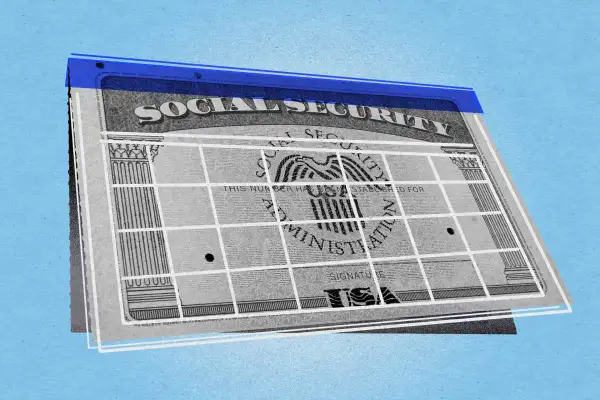When Will Social Security Run Out of Money? Latest Prediction Offers Good News

Here's a rare piece of good retirement news: The Social Security program is now expected to be able to pay full benefits until 2035, which is a year later than previously thought.
According to a new report from the Social Security Board of Trustees, which oversees the finances of the program, there is just over a decade remaining until Social Security’s combined trust fund reserves are depleted (unless Congress addresses the funding issue).
A 12.4% payroll tax split by employees and employers currently funds the Social Security program, but it's not enough to fully cover benefits for the roughly 70 million beneficiaries. Reserves generated from past surpluses help cover the difference. If and when these reserves are exhausted, only 83% of Social Security benefits will be paid to recipients, who include older adults and people with disabilities, among others.
That's why everyone is so worried about the timeline for insolvency.
Social Security's new depletion date
According to a Monday news release from the Social Security Administration, the projected depletion date has been moved back a year due to wage growth, job creation and low unemployment.
On one level, the report is encouraging because it means legislators have more time to act on their promises to keep the program fully funded. However, it also serves as a reminder that the clock is ticking — and the longer the issue goes unaddressed, the harder it will be to find a solution.
Over the years, lawmakers have proposed a range of ideas to address the Social Security funding gap, including increasing taxes, postponing the retirement age and reducing benefits. The issue is highly controversial, and there's been little, if any, recent progress toward a solution.
It has also become a hot political issue ahead of the 2024 presidential election. To continue funding Social Security, President Joe Biden — the presumptive Democratic nominee — has said he wants to increase taxes on high-income Americans. Former President Donald Trump — the presumptive Republican nominee — has tried to separate himself from conservatives who want to cut benefits, though his specific ideas about how to fund the program are unclear.
The future of Social Security
Social Security is the largest government program, paying nearly $1.4 trillion in benefits last year. Over 180 million workers are contributing via taxes and stand to receive benefits in retirement.
Social Security Administration Commissioner Martin O’Malley said in a statement that Congress needs to make a bipartisan effort to “extend the financial health of the Trust Fund into the foreseeable future” to “bring peace of mind” to everyone who is depending on the program for retirement.
Social Security's combined reserves declined by $41 billion last year to a new total of $2.788 trillion, according to the report.
The combined trust fund reserves include retirement benefit reserves as well as disability insurance reserves. While the retirement fund reserves are actually expected to be depleted in 2033, Congress could merge the two funds to fully pay Social Security benefits for a while longer. That's why the combined fund reserves are often used for the purpose of estimating the depletion date.
More from Money:
Best Reverse Mortgage Companies of April 2024
Why Some Social Security Recipients Will Get 2 Payments in May
This Social Security Quiz Stumps Over 40% of People Nearing Retirement


